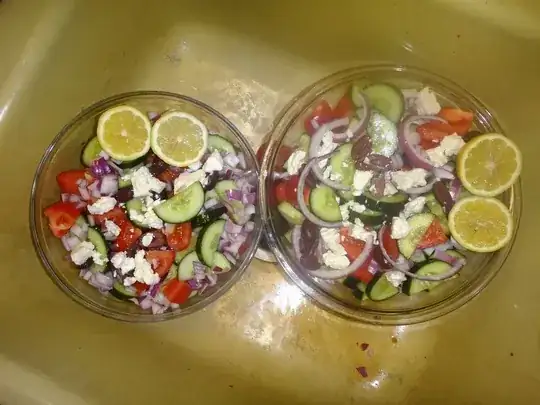Some times it can be difficult for me to get the right look of a dish in a photo. I have used extra butter for a more glossy look, swapped corn starch for flour in sauces for the same reason, even once went so far as to use a fine water mister/spray. It seems that by the time I get around to taking the photo the freshness of the dish does not translate to the camera (though the meal is still great to eat). Is there a method for this, whilst still being able to eat the food afterwards, and not change the basic ethos of the recipe. So, the question is: How do I make dishes more glossy without changing the recipe too much?
Found some great ideas here from the BBC, but still do not want to 'brush' oil over meat which I then intend upon eating.

